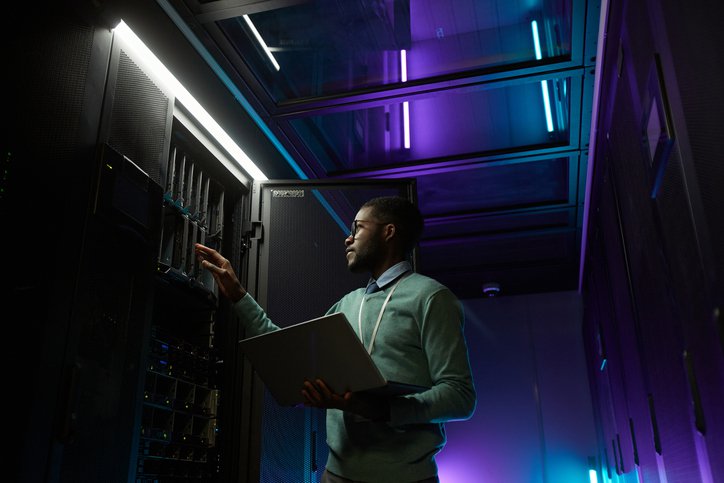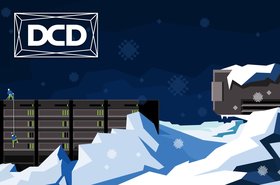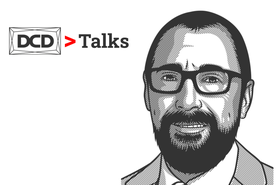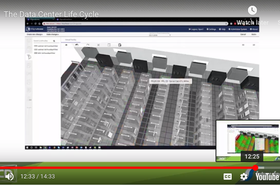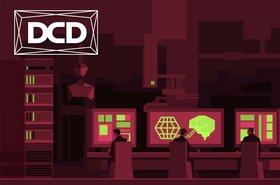During our Keeping IT Cool series, we had the opportunity to sit down with Future Facilities for a cold dose of reality.
Presented by Sherman Ikemoto, Director for Future Facilities, leading sales, marketing, and engineering services for the Americas, and Research Manager Kourosh Nemati, they explored the current obstacles facing data centers in light of cooling, and Future Facilities’ solution of the digital twin.
Sherman Ikemoto kicks off the conversation with a look at the data center landscape, smooth and rocky.
“A basic goal of data center operations is to maintain the data center so that 100 percent of its capacity is ready and available at all times for use by the business. But this goal, of course, is idealistic. All real-world data centers operate at a carrying capacity that is often much less than its capacity rating, and this is a problem.
“There's very little data that quantifies the size of this capacity loss for the typical data center. However, the 451 Alliance ran a survey a few years ago and found that the typical carrying capacity of an enterprise data center was only 56 percent of its capacity rating.
“At these capacity utilization rates, the true cost of capacity is almost twice the original budget for both enterprise and colo data centers, and about 14 percent higher for hyperscale data centers.
“But the capacity cost is not the only data center management challenge to highlight. Every year the Uptime Institute surveys data center operators on various topics, and one of these topics is service outages. Last year, 34 percent of data center operators reported a severe service outage or degradation in their operation.
“While it's true that IT service outages have many causes, the survey found that 67 percent of these were caused by problems in managing physical capacities like the power cooling network.
“The Uptime Institute also found that the rate of innovation of IoT technologies has accelerated in recent years. IT hardware resource requirements today are changing twice as fast as they were a few years ago, and uptime expects this trend to continue.
“These trends taken together create a picture that explains the data center management challenges, as IT technologies change and increase in power, new elements of data center management come into play.
“These include elements such as the management of airflow, complex failure scenarios, and the behavior of complex cooling control systems. All of these factors in data center management are currently being overlooked by data center management practices today.”
In light of these capacity issues, it is clear that some kind of management solution needs to be sought. In the case of Future Facilities, they turn to data center simulations – what they have branded the digital twin.

